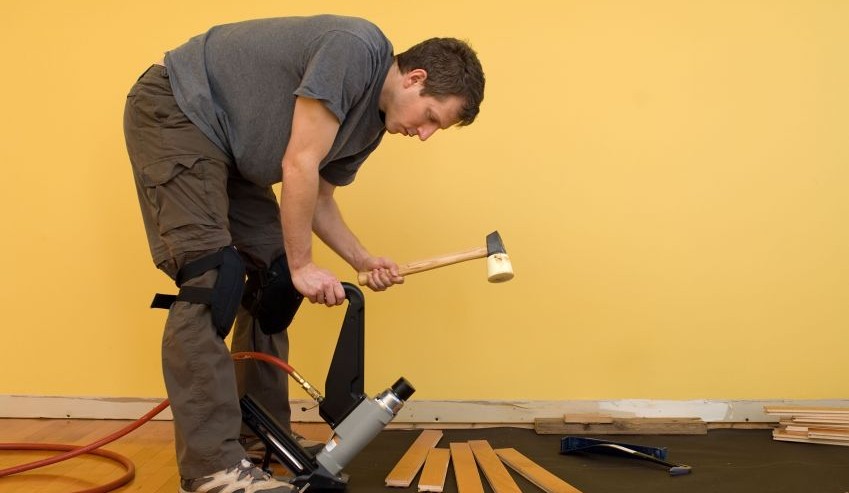When You Know It Is Time to Replace Your Flooring
Floors take a lot of abuse, and they seem to handle it quite well. Eventually, though, they have a time they must call it quits. Only so many years and so many spills can be endured before you must bid your flooring farewell and replace it with something else.
Here are some signs that your floor has had enough and might need replacement:
Staining
Some floors become stained or faded to the point that there is no hope for them. Materials like cork, carpeting, hardwood, vinyl and even tile can become permanently stained over time. Some of these materials can be dealt with using temporary fixes, but eventually your floors will become so stained or faded that replacement is the only option.
Cracked Tiles
Tiles can last a lifetime if properly looked after. Unfortunately, not everyone is able to pamper their tile floors, especially if they have kids or pets. After a certain point, tile can become so damaged and full of patches or covered in sealant that they are due for a replacement.
Water Damage
Water can completely soak into materials like concrete, stone, hardwood and especially laminate or engineered flooring. This moisture poses a serious threat to your family’s health since it can become a breeding ground for mold, bacteria and other pathogens. The structural integrity of the materials themselves may have been compromised, too.
Of the possible flooring materials, hardwood is the most feasible to dry after a severe water damage incident. Even then, the boards can easily become warped or buckle from the stress of absorbing water then later drying. Your best bet after a major flood, water intrusion or even repeated exposure is replacement.
Delamination
Cheaper flooring materials like laminate, linoleum, vinyl and even some types of engineered hardwoods can become chemically unstable over time. The glues and resins binding the materials together will someday give out. As a result, the top layers will begin peeling off and it is all downhill from there. Another common sign is that the glue holding the materials down to the subfloor breaks down and the tiles or boards start lifting off when someone walks on them. Anyone who sees this happening should replace the floors as a permanent fix.
Worn-Out Hardwood Floors
Like tile, hardwood flooring can last several generations if properly cared for. Even if it sees hardcore abuse like gouges, fading or set-in stains, it can be sanded down and refinished quite easily. A new flooring stain can also give the material a whole new luster.
However, there comes a point where sanding is no longer an option. Floors that feel structurally weak or that have major holes occurring should be replaced rather than refinished or patched up. Sanding also no longer becomes an option when the boards become too thin — often so thin that the nails are clearly visible. Replacing will be the only choice at this point.
To find out for sure whether your floor has given its all or if it could just use a shot in the arm, consult a local flooring contractor. They will be able to give you sound advice on what the extent of your problem is and how to possibly fix it. They will also be able to recommend a replacement flooring choice that can work within your budget while adding value to your home.
ServiceWhale can help you locate the perfect Philadelphia area flooring expert for your needs. Click here to get a free custom quotes without requiring onsite estimates!





Comments
Comments are disabled for this post